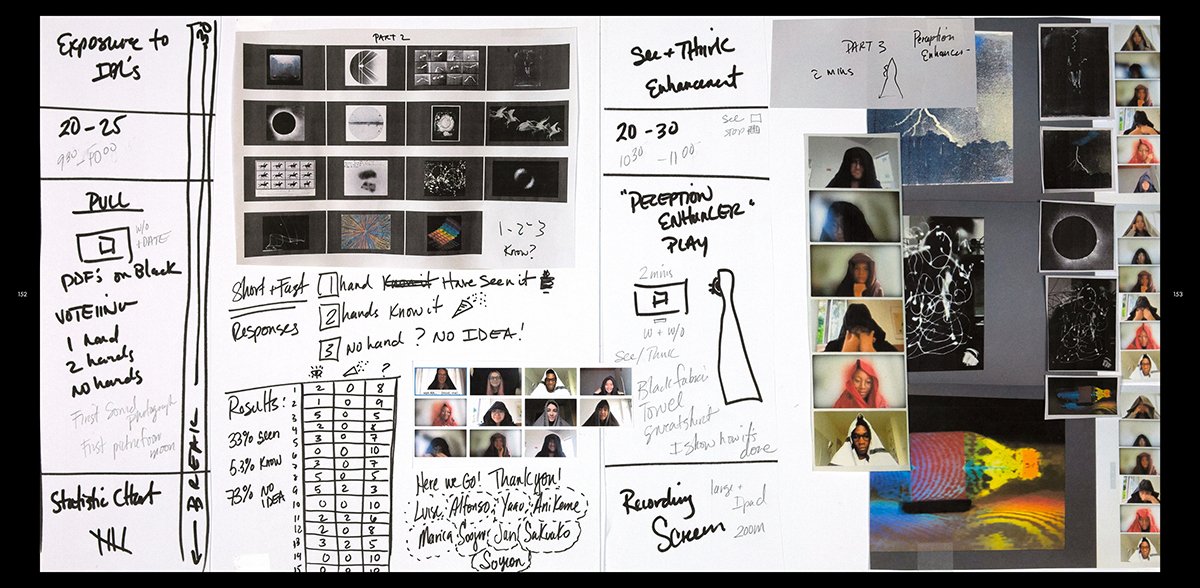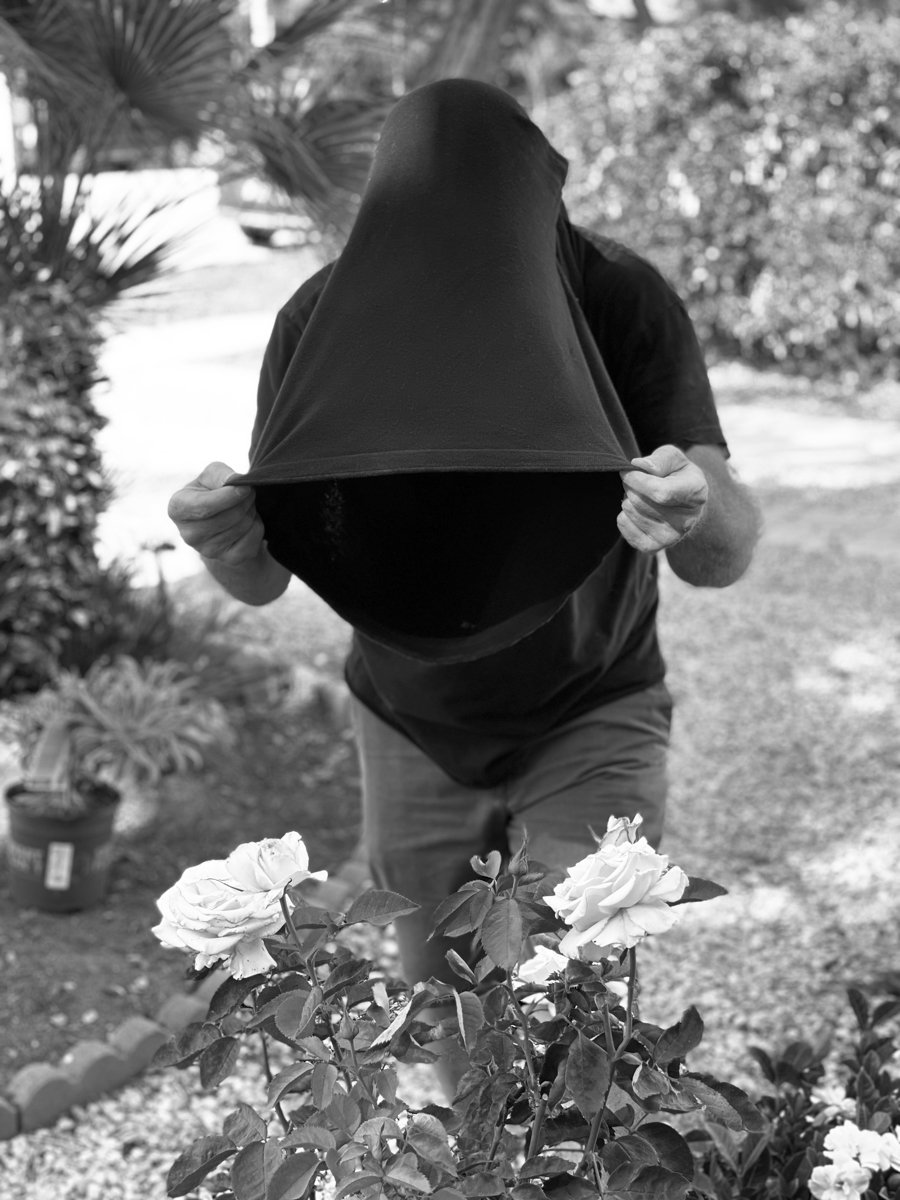
SEEING AND THINKING
The SEETHINK Lab is dedicated to gathering qualitative research for the benefit of future seers and thinkers to process, enhance and spark new experiences. The interdisciplinary research poses questions and promotes participation, focusing on the topics of phenomenology of the photographic image and the experience of seeing and thinking.
SEETHINK RESEARCH METHOD
Four Theoretical Pillars
The SEETHINK Research Method (STRM) approaches seeing and thinking from four theoretical pillars: Phenomenology, Time, Transparency and Transcendental. These pillars are used contextually as places on which to stand and observe the photograph from. Together, these pillars provide a framework for exploring the intricate relationship between visual observation and experience. Underlining the significance of integrating both analytical and intuitive approaches to ultimately enhance our capacity to see, think, and understand the multifaceted dimensions of experience.
-
Phenomenology, in the context of this research, focuses on the essence of experience. It emphasizes the immediate impact of visual perception, the fleeting moment where seeing transitions into thinking. This pillar underscores the importance of understanding the phenomenological experience as a fundamental aspect of analyzing and interpreting photographic images.
-
Time transcends its mechanical constraints, embodying perceptual elasticity that shapes our experience. It highlights how the initial impression of a photograph can evolve with repeated viewing. This pillar invites consideration for how time, both in its brief moments and prolonged engagement, plays a critical role in the depth of the understanding and connection to photographs.
-
Transparency focuses on the physicality and tangible aspects of photographic analysis. It promotes an examination of the materiality of images—texture, technique, focus, and motion—offering insights into the composition and capture process. This pillar emphasizes the physical attributes of photographs to unravel the layers of meaning and intention embedded within.
-
By interconnecting Phenomenology, Time, and Transparency, this pillar fosters a holistic approach to photographic analysis, where intuitive insights complement analytical observations. It encourages an expansion of perception beyond the visible, pushing boundaries of understanding towards the unknown. The Transcendental pillar references intuitive seeing and the recognition of the extraordinary within the ordinary.

RESEARCH STUDY:
Zero Baseline of Photography
The Zero Baseline of Photography establishes a collection of first photographs for engagement and collaborative cyclical research. The aim is to preserve, provide and distribute curated photographic evidence of the origins and development of scientific and artistic photography as a source of information, education, and inspiration to promote critical thinking and a deeper appreciation of photography for generations of today and tomorrow.
RESEARCH STUDY:
Phenomenology of the Photograph
By exclusively using the collection of first photographs, this area of research investigates the universal phenomenological experiences overlapping scientific and artistic photography. Emphasizing the shared human experience of observing, it suggests that despite individual subjective differences, there exists a commonality in how experiences are lived and perceived.
RESEARCH STUDY:
Taking Time to See and Think
How can seeing and thinking help the next generations to process, enhance and spark new experiences? The research workshops focus on singular moments within the evolution of the photographic image and its impact on future generations by integrating four experiential environments—Photography and Perception, Physical Properties, Essence of Experience, and Intuitive Seeing. Educational institutions or organizations that are interested in participating in the ongoing research workshops are warmly welcomed. Please reach out to discuss integrating the ongoing research workshops into your program.
RESEARCH STUDY:
Experience Deep Viewing: One Minute Exposure Study
A study that explores the impact of dedicating one minute to observing a single photograph. The One Minute Exposure research study is focused on the details noticed and how calm observation influences the viewer's experience. How much does our experience of seeing influence the way we think? If we see an image for the first time, it makes an impression, but what happens when we look at it again and again?
RESEARCH STUDY:
The Experience Enhancer
This novel concept introduced by the lab, involves the use of a comfortable fabric or piece of clothing designed to reduce ambient influences of sound and light, thus improving the observer's ability to concentrate on what is directly in front of them. The Experience Enhancer investigates what can be learned by observing with more concentration. By taking a moment away from distractions, does the quality of our experience improve?
““Forget that you have ever lived until this moment. It is not that I am going to tell you anything new, that you did not know before; for I am merely going to remind you of a lot of things that you have known familiarly for years. Only I want you to observe them all quite freshly over again, as if you had not seen them before.””




























